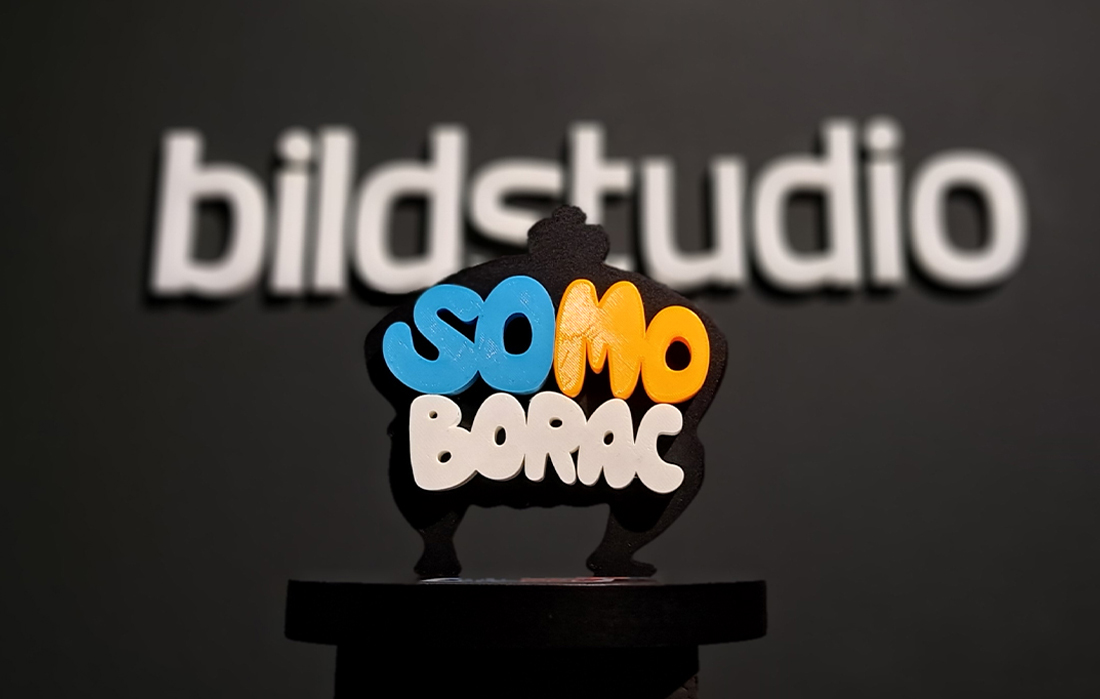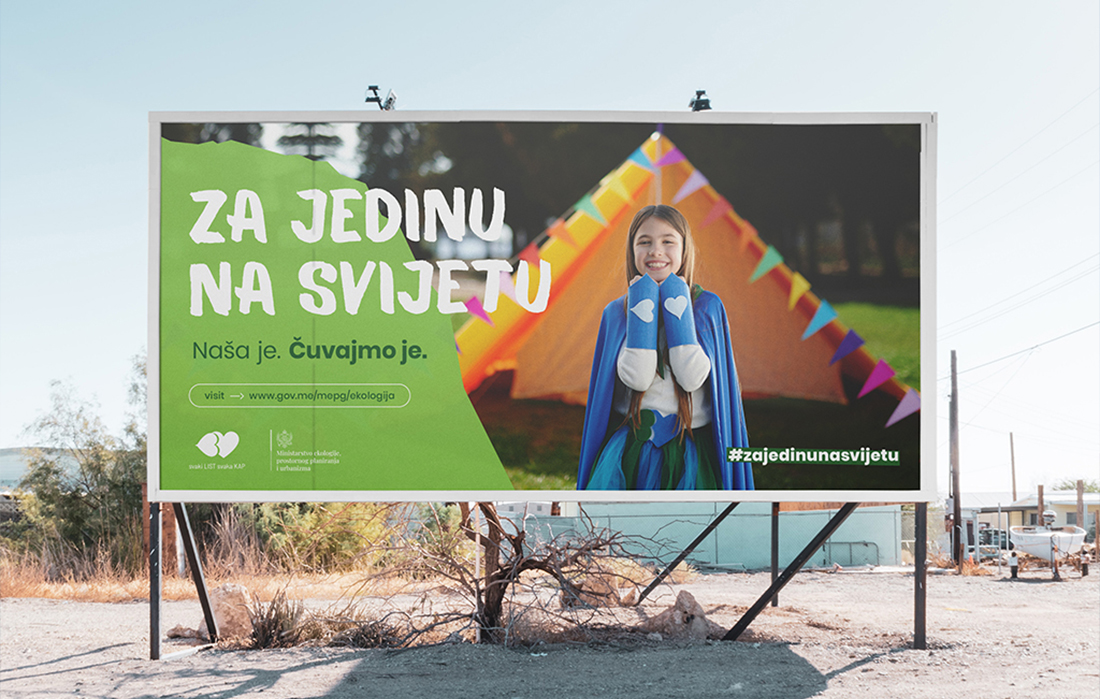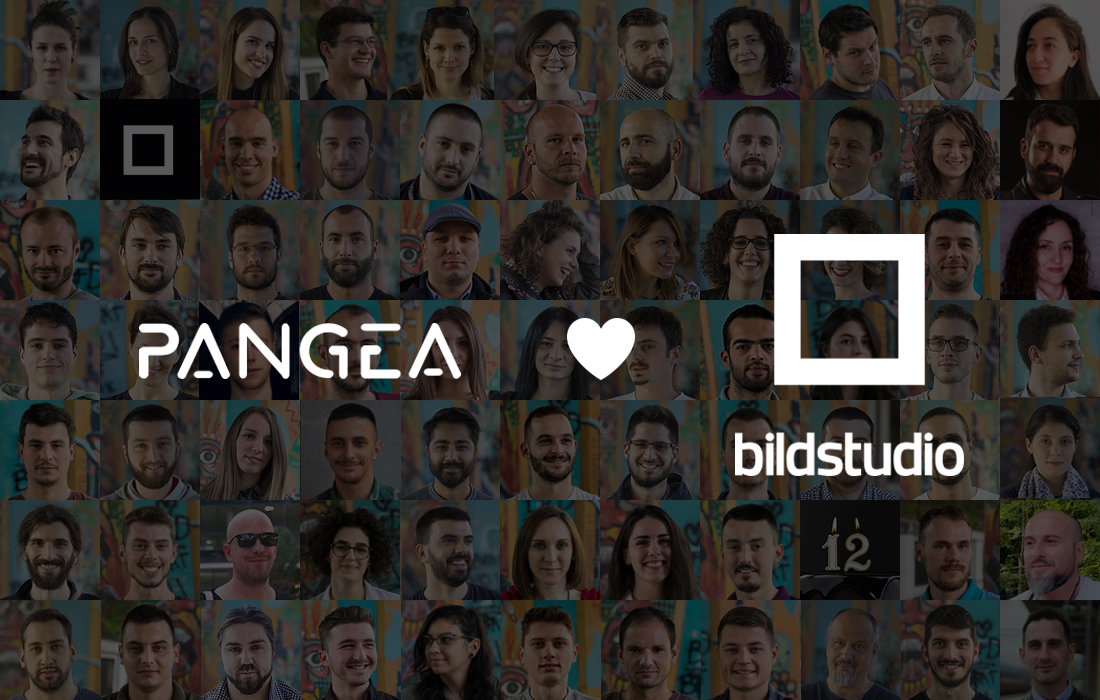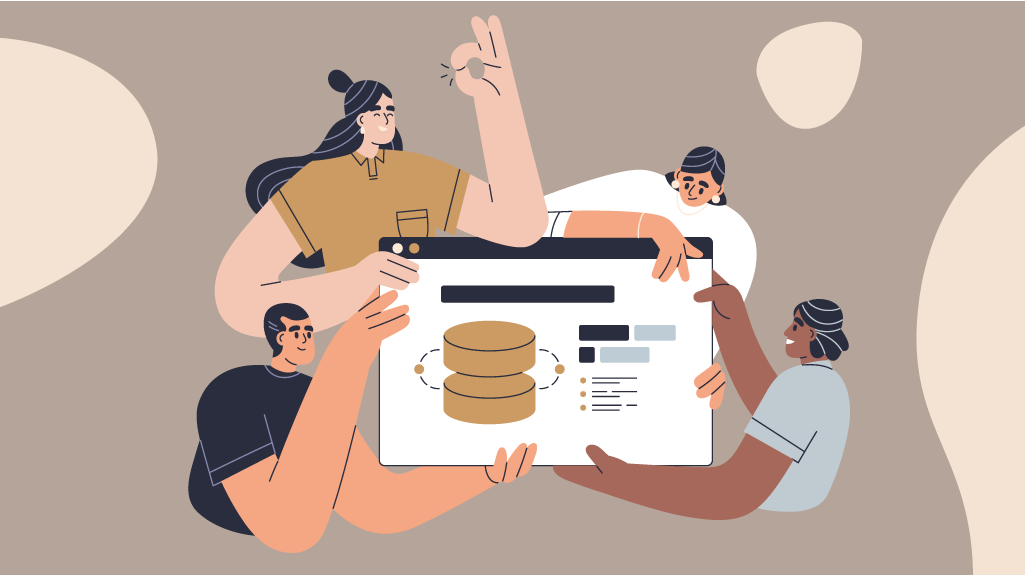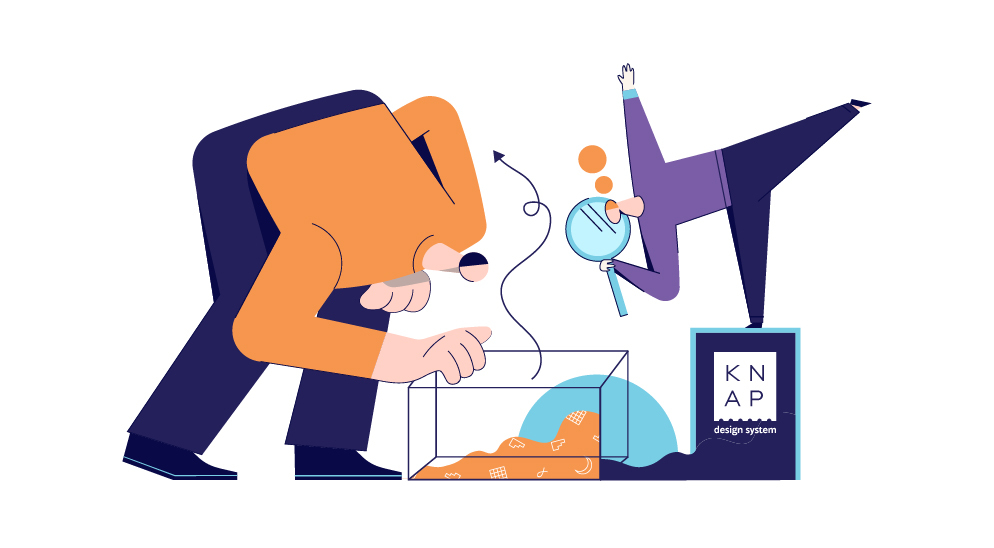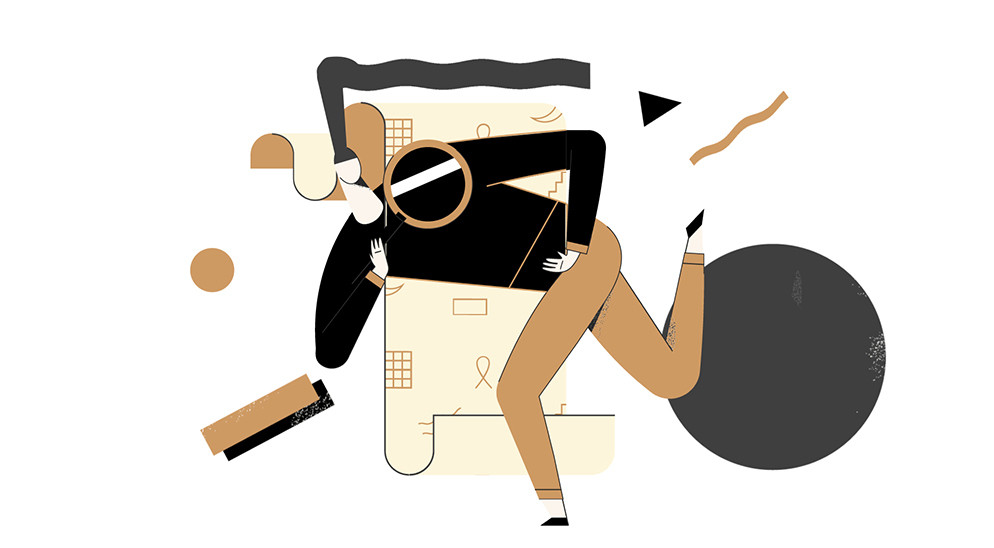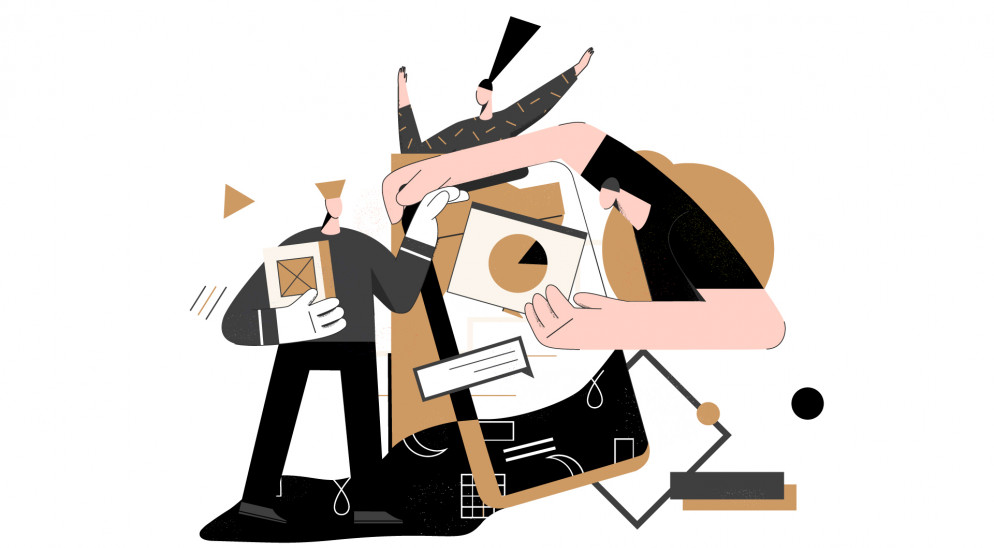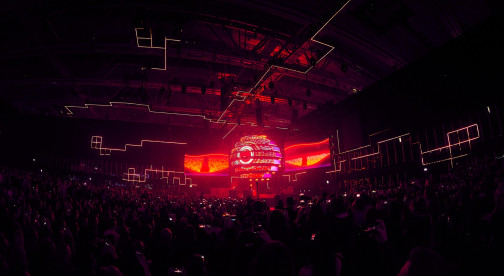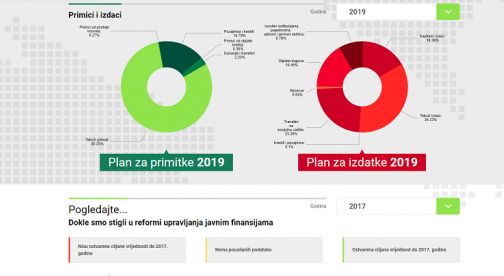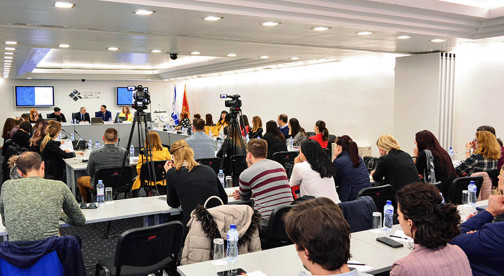
Need we make another introduction to SEO? Yep, thought so too.
We’ll keep the introduction short, as who has time to read the lengthy selling pitches anyhow.
One last thing, we cannot stress enough what a mistake you’d be making if you don’t follow up on our advice.
Now, buckle up, here are 5 DOs and DON’Ts.

#1 Target Long-Tail keywords
In an over-saturated pool of terms that search engines have to deal with, tossing yet another one-word term as your chosen keyword might result in you experiencing the scraping of the bottom of the said pool. Therefore, be brave, and target the long-tail keywords, which typically have low search volume, low competition, and high conversion rates.
#2 Mobile-optimization
Needless to say, mobile is the future of search. Ever since 2016, Google is overhauling its entire algorithm to focus on mobile search. We can go on and on why you should ensure that the visitors to your site from mobile devices have an optimized experience, but this might be more effective – 58% of all traffic in 2018 came from the mobile devices.
#3 Build Static URLs
If you noticed that your URLs contain dynamic characters like “?”, “_”, then you are dealing with a case of dynamic URLs. While nowadays dynamic alludes to something good and worthwhile, we are here to warn you that when it comes to SEO, parameters which are not user-friendly, non-descriptive and are harder to memorize, should be avoided at all cost. To increase your pages’ chances to rank, it’s best to set up descriptive URLs which include keywords.
#4 Backup visual content with alt text and tags for search engines and users
While search engines can’t read the text of images, alt attributes (also known as “alternative attributes”) help the former understand what your images portray. The best practice is to create an alt text for each image, using your keywords in it when possible to help search engines better understand your pages’ content and hopefully rank your site higher in search results.
#5 Blogging
We could continue our list indefinitely. However, it would be in vain if we failed to mention the importance of keeping your content fresh and frequently updated.
Thus, blogging is definitely a “must” option for your website from an SEO perspective. Furthermore, blogging is a powerful tool that can meet your business needs.

#1 Keyword Stuffing
We are aware that you are always short on time, and that sometimes we all crave that ‘quick fix’, but keyword stuffing is not your friend.
What we mean by ‘keyword stuffing’ is placing a list of keywords (words and phrases) not relevant to the content of your website. This could also refer to using the same words or phrases too often.
Trust us, refrain from these tricks. They’ll backfire.
#2 Duplicate Content
It is better to have unique meta descriptions and even no meta descriptions at all, then to show duplicate meta descriptions across pages. That’s why make sure that your top important pages have unique and optimized descriptions.
#3 Too Long Titles
Every page should have a unique, keyword rich title. But, don’t fall into a trap of making your title tags too long. Titles that are longer than 70 characters get curtailed by search engines. And, more often than not, they look unappealing in search results. However, short and incomplete titles will have the same aggravating effect on your rankings.
#4 Use the Same Titles for Multiple Content
The page title is often treated as the most important on-page element. It is a strong relevancy signal for search engines since it tells them what the page is really about. It is, of course, important that title includes your most important keyword. Pages with duplicate titles have fewer chances to rank high. Even more, if your site has pages with duplicate titles, other pages may be hard to get ranked as well.
#5 Broken images
First and foremost, broken images are a crucial factor for user experience and may result in visitors bouncing away from the site without completing their goals. We bet you do not want to irritate your website visitors.
Secondly, broken images might impede the site’s crawling and indexation. Since the images are the important content of your website too, it’s better to obtain those golden points too, right?
Broken images on the website per se, don’t influence its search engine rankings directly, but they definitely deserve being fixed.
By now, it should be clear why SEO should not be done periodically, but rather continuously. If we have not made it clear yet, surely you will agree with the following – not tending to your car and performing regular check-ups leads to deteriorating of your vehicle. The same analogy can be applied to your website since fresh, well-polished content and technical parameters will contribute to your website performing better on the search engine result page (SERP).
At last, we are not a car shop, but all the websites we work on, sit on top of the SERP. To cut the long selling pitch short, contact us.

